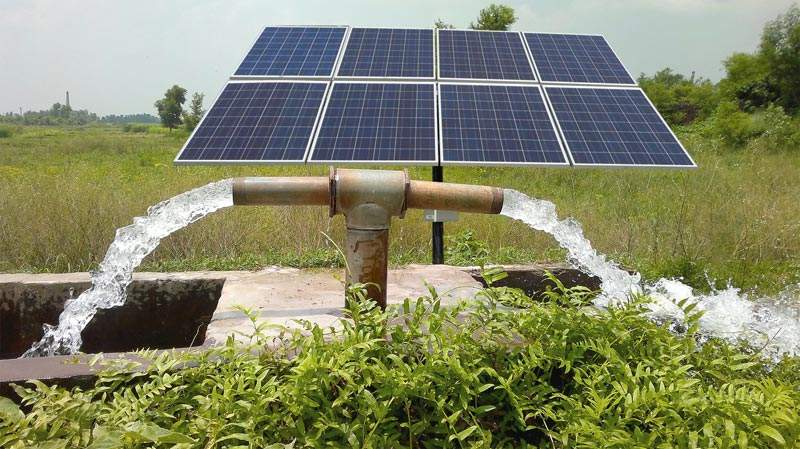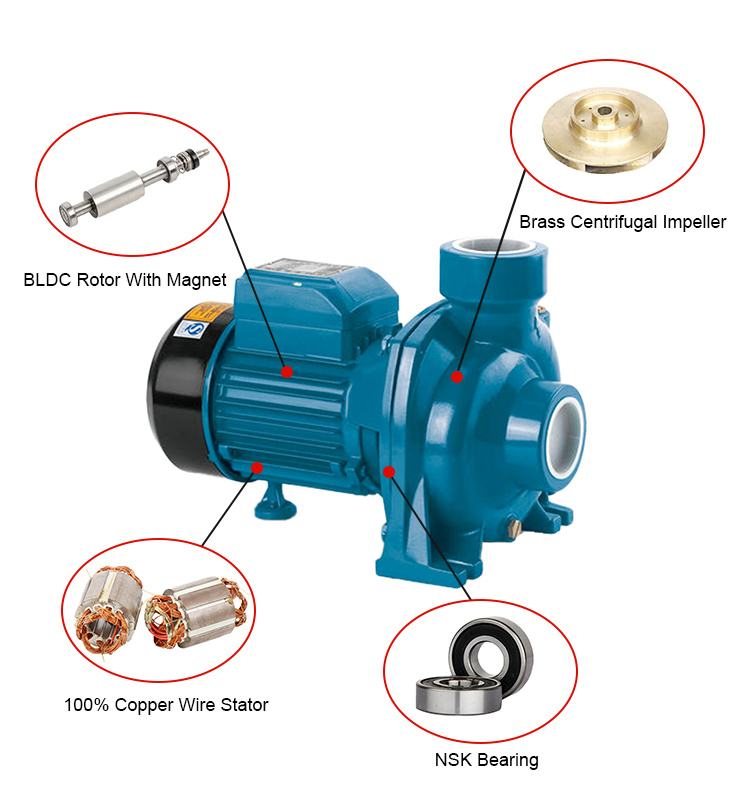Multiple rounds of research and the help of non-profit organizations to design solar pumps suitable for the needs of salt manufacturers.
Although the mechanized salt industry on the coastline of Gujarat continues to rely on subsidized thermal power, the Agariya community in Kutcher Ranch (LRK)-salt farmers-is silently playing its role in curbing air pollution.

Kanuben Patadia, a salt worker, is very happy that her hands are clean because they did not operate the diesel pump to extract brine, which is a step in the salt production process.
In the past six years, she has prevented 15 tons of carbon dioxide from polluting the atmosphere.This means a reduction of 12,000 metric tons of carbon dioxide in the past five years.
Each solar pump can save 1,600 liters of light diesel consumption. Approximately 3,000 pumps have been installed under the subsidy program since 2017-18 (conservative estimate)
In the first part of the series, the Agariya Salt Workers of LRK delved into the earth to change their lives by pumping salt water using solar pumps instead of diesel generators.
In 2008, Rajesh Shah of the Vikas Development Center (VCD), a non-profit organization in Ahmedabad, tested a windmill-based diesel pump solution.He previously worked in salt marketing with Agariyas.
“This did not work because the wind speed at LRK was only high at the end of the salt season,” Shah said.VCD then sought interest-free loans from NABARD to test two solar pumps.
But they soon realized that the installed pump could only pump 50,000 liters of water per day, and Agariya needed 100,000 liters of water.
Saline Area Vitalisation Enterprise Ltd (SAVE), the technical department of Vikas, has conducted more research.In 2010, they designed a model that suits the needs of Agariyas.It converts direct current to alternating current, and has a node that switches the fuel supply from solar panels to diesel engines to run the same motor pump set.
The solar water pump is composed of photovoltaic panels, a controller and a motor pump group.SAVE adjusted the controller standardized by the New Energy and Renewable Energy Alliance to adapt to local conditions.
“The standardized 3 kilowatt solar panel is designed for a single 3 horsepower (Hp) motor. Salt water is heavier than water, so it requires more force to lift. In addition, the amount of salt water in the well is usually limited, in order to satisfy his needs. It is required that Agariya has to dig three or more wells. He needs three motors but the power is low. We changed the controller’s algorithm to power all three 1 Hp motors installed in his wells.”
In 2014, SAVE further studied the mounting bracket for solar panels.”We found that the flexible bracket helps to manually track the direction of the sun for optimal sunlight utilization. A vertical tilt mechanism is also provided in the bracket to adjust the panel according to seasonal changes,” Sonagra said.
In 2014-15, the Self-Employed Women’s Association (SEWA) also used 200 1.5 kW solar pumps for pilot projects.”We found that using solar power during the day and diesel power generation at night works well because the cost of storing solar cells will increase the overall cost of the pump,” said Heena Dave, SEWA regional coordinator in Surendranagar.
At present, the two common solar pumps in LRK are the nine-piece pump with a fixed bracket and the twelve-piece pump with a movable bracket.
We are your spokesperson; you have always been our support.Together, we create independent, credible and fearless journalism.You can help us further by donating.This is of great significance to our ability to bring you news, opinions, and analysis so that we can make changes together.
Comments are reviewed and will only be published after the site’s moderator approves them.Please use your real email ID and provide your name.Selected comments can also be used in the “letter” section of the down-to-earth printed version.

Being down-to-earth is the product of our commitment to change the way we manage the environment, protect health, and safeguard the livelihoods and economic security of all people.We firmly believe that we can and must do things differently.Our goal is to bring you news, opinions and knowledge to prepare you to change the world.We believe that information is a powerful driving force for a new tomorrow.
Post time: Jan-07-2022




